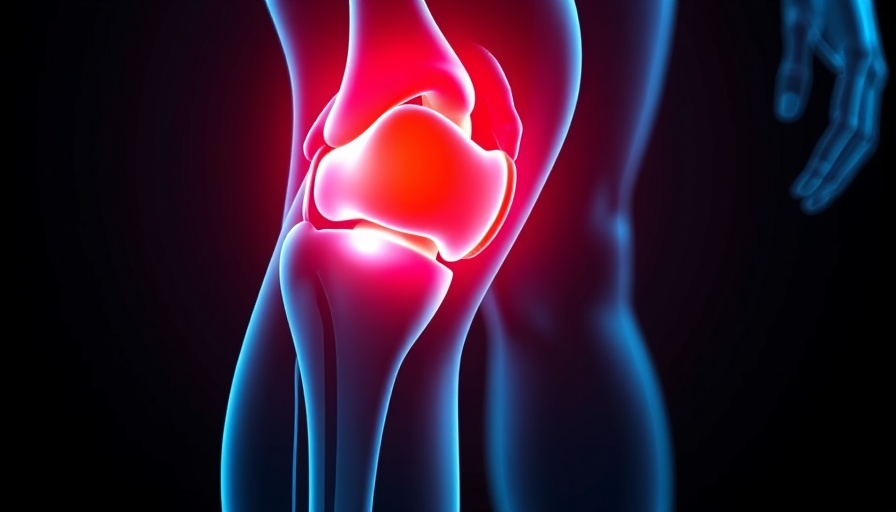
The Surge in the Joint Health Market
As the average age of the population rises, the demand for effective health solutions to maintain mobility and alleviate pain has reached a tipping point. Australia’s $6.4 billion supplements industry is at the forefront of this trend, with increased focus on preventative health measures and non-invasive treatments. In this context, the launch of low-dose supplements specifically for joint health, such as the one offered by Complementary Medicines Group (CMG), represents a significant shift.
Innovative Approaches to Knee Pain Relief
The recent episode of The Unicorns Podcast features Dr. Brad McEwen, PhD, an expert in preventative health, discussing a revolutionary knee product containing UC-II. Unlike traditional glucosamine supplements, which involve higher doses and often require longer usage before benefits are felt, this new formulation promises targeted, effective relief in a single daily capsule. Dr. McEwen highlights how this innovative approach is backed by clinical trials, addressing an urgent consumer demand for quick and effective solutions to joint issues.
The Importance of Evidence-Based Supplements
Today’s consumers are more informed than ever, seeking supplements with proven effectiveness rather than going for generic products. The shift towards evidence-based health solutions reflects a broader trend in the health industry where transparency and scientific backing are paramount. The joint health market, in particular, has seen a surge in interest as individuals, especially seniors, aim for optimal mobility and quality of life.
Understanding the Mechanisms of UC-II
So how does UC-II work? UC-II is a patented form of undenatured collagen, derived from chicken cartilage. This supplement acts at the immune system level to dampen inflammation directly associated with joint pain. By modulating immune responses, UC-II not only relieves existing discomfort but also may prevent future knee issues, making it a promising option for those seeking lasting relief.
Market Perspectives: A Growing Niche
The joint health market presents unique opportunities for investors and businesses alike. As CMG aims to establish itself as a leader in this domain, the tightly regulated Australian market offers a platform for promoting scientifically validated products. Businesses that prioritize clinical evidence are likely to see rising interest from consumers who are increasingly wary of claims without proof.
In Conclusion: What This Means for Consumers
The emergence of low-dose supplements like CMG’s knee product could herald a new era of joint health solutions that prioritize consumer needs. With an ageing population who values mobility and an active lifestyle, the demand for effective, safe, and convenient options will only continue to grow. Consumers are invited to explore these innovative health solutions to maintain their quality of life and alleviate pain.
For those interested in staying updated on this evolving field, the podcast featuring Dr. McEwen is a must-listen. It offers insights not only into the new product but also the underlying trends in the health and wellness sectors, fueled by scientific research and the growing consumer appetite for effectiveness.
 Add Row
Add Row  Add
Add 




Write A Comment